Some photos from France
In the long North American tradition of sharing photos from your recent trip to France:


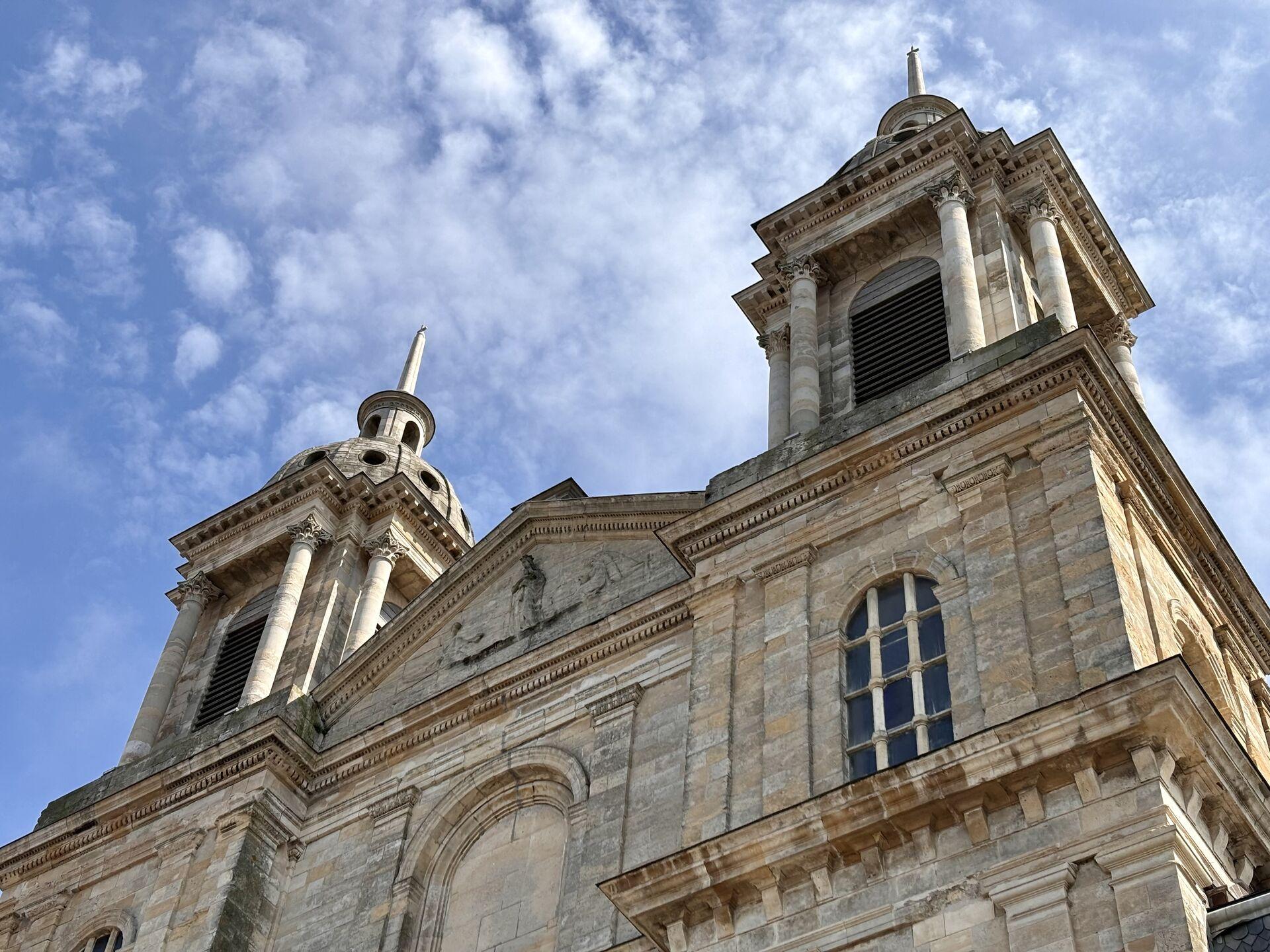
A lovely sunny day in Bohan-sur-Semois:

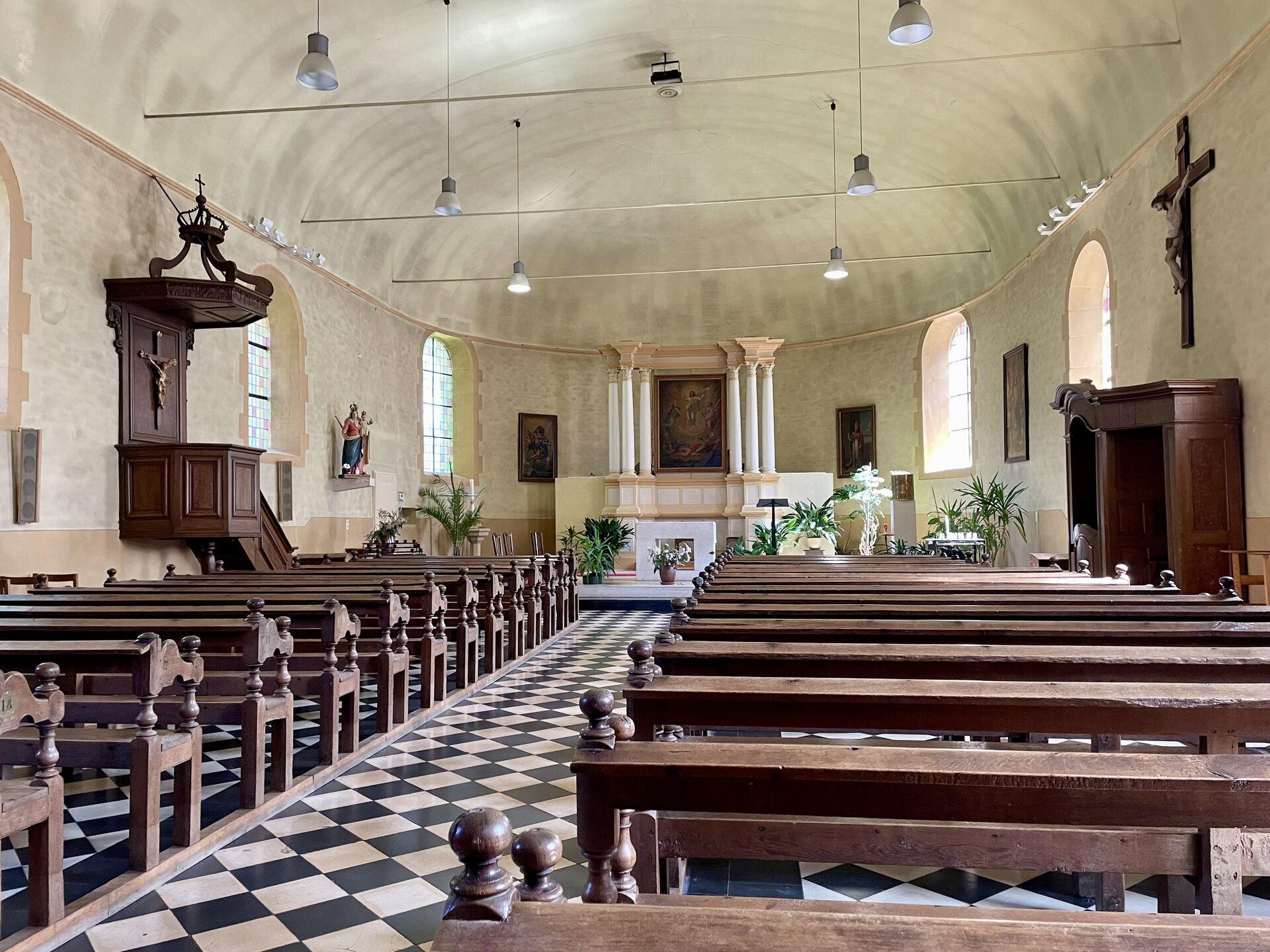


And later in the trip:
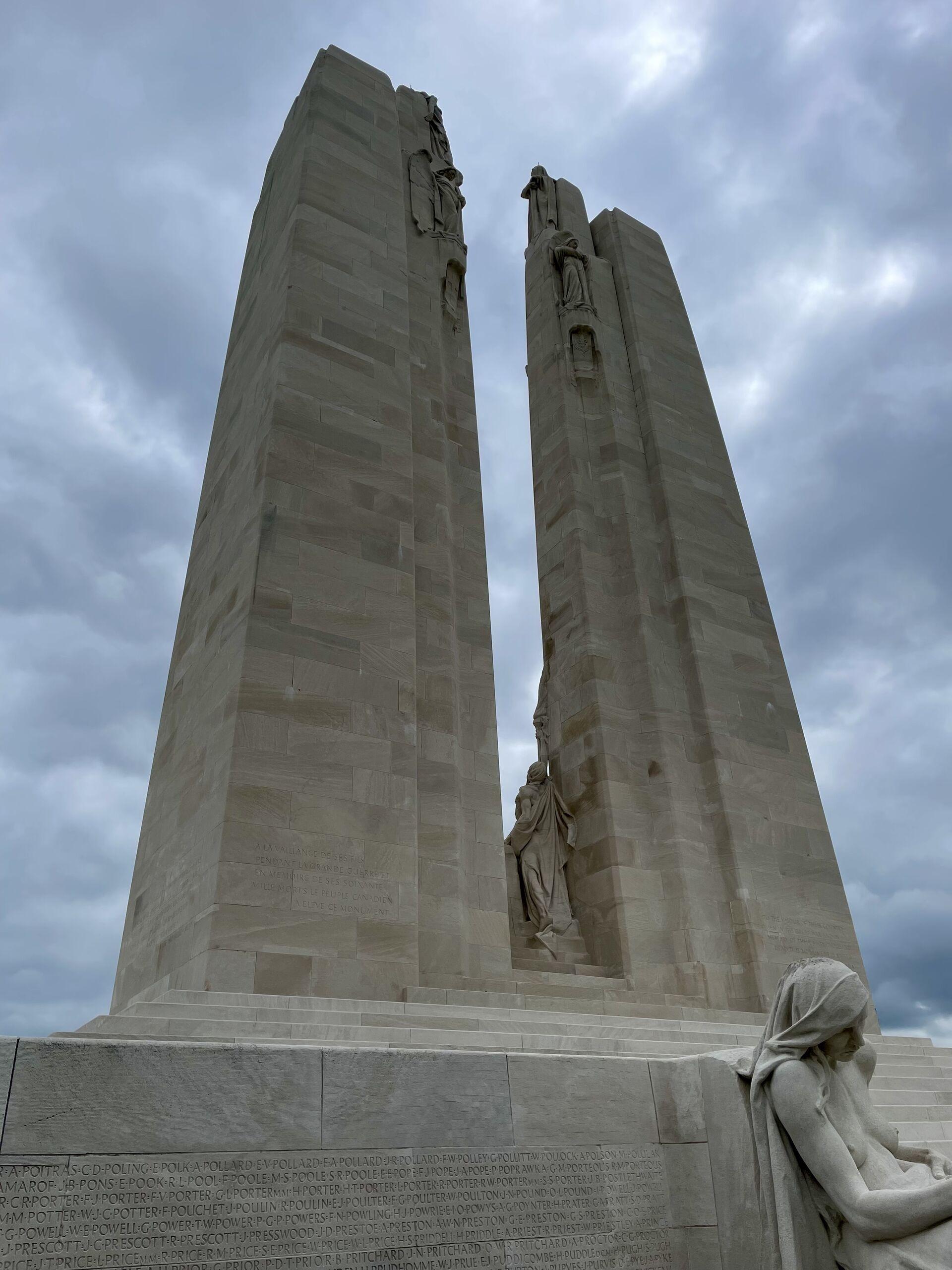
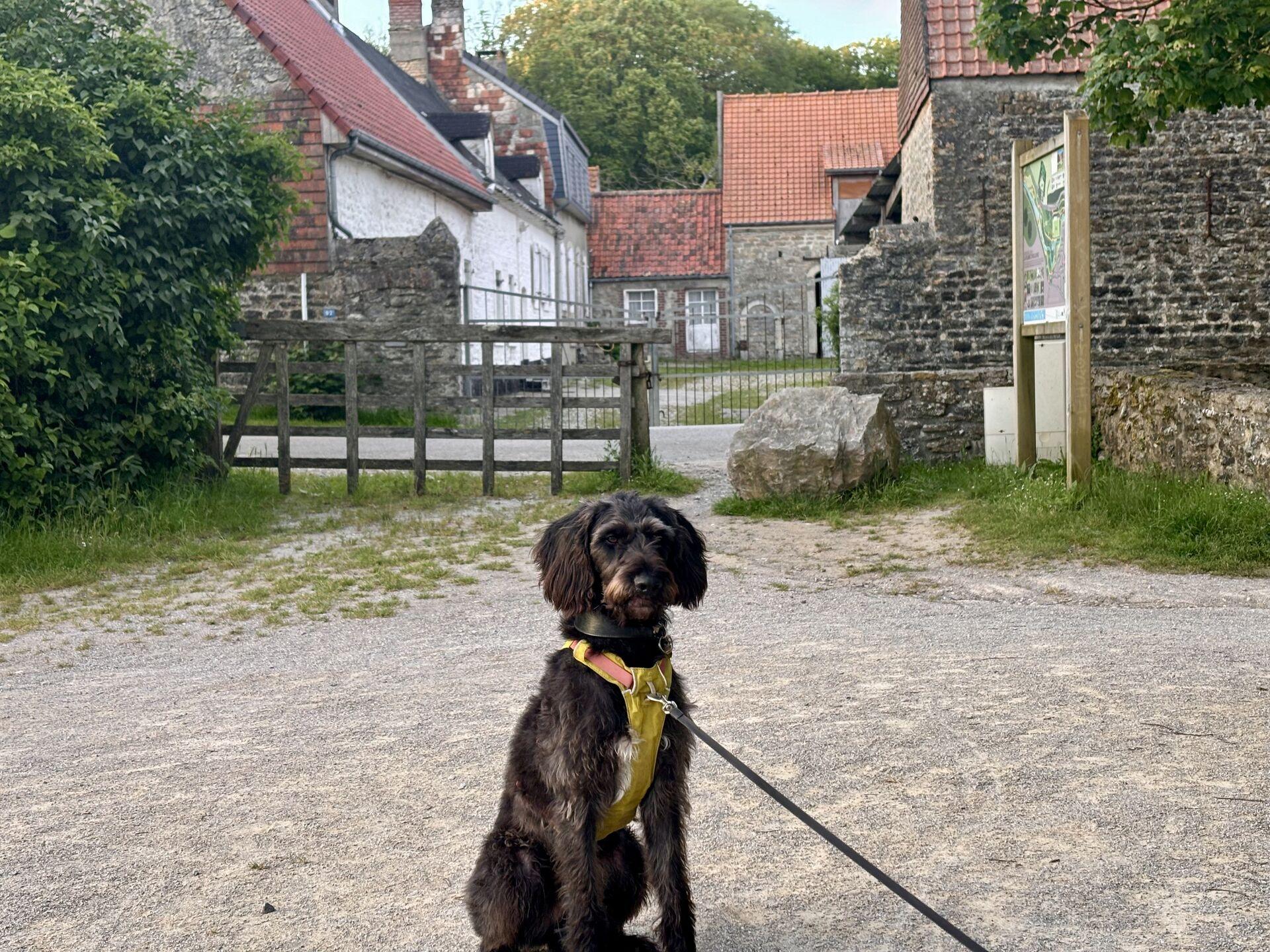

In the long North American tradition of sharing photos from your recent trip to France:



A lovely sunny day in Bohan-sur-Semois:




And later in the trip:



We traveled to northern France for a little less than a week of touring by motorhome (or camping-car, as it's called over there). We saw plenty of the countryside, but more importantly: we drank a lot of beer, and ate a lot of cheese.
This is what I thought of it.
When you go to Belgium, you drink Belgian beer. It's almost offensive to see Heineken and Desperados on the shelf. Best drunk out of a fancy glass with gold leaf on the rim.
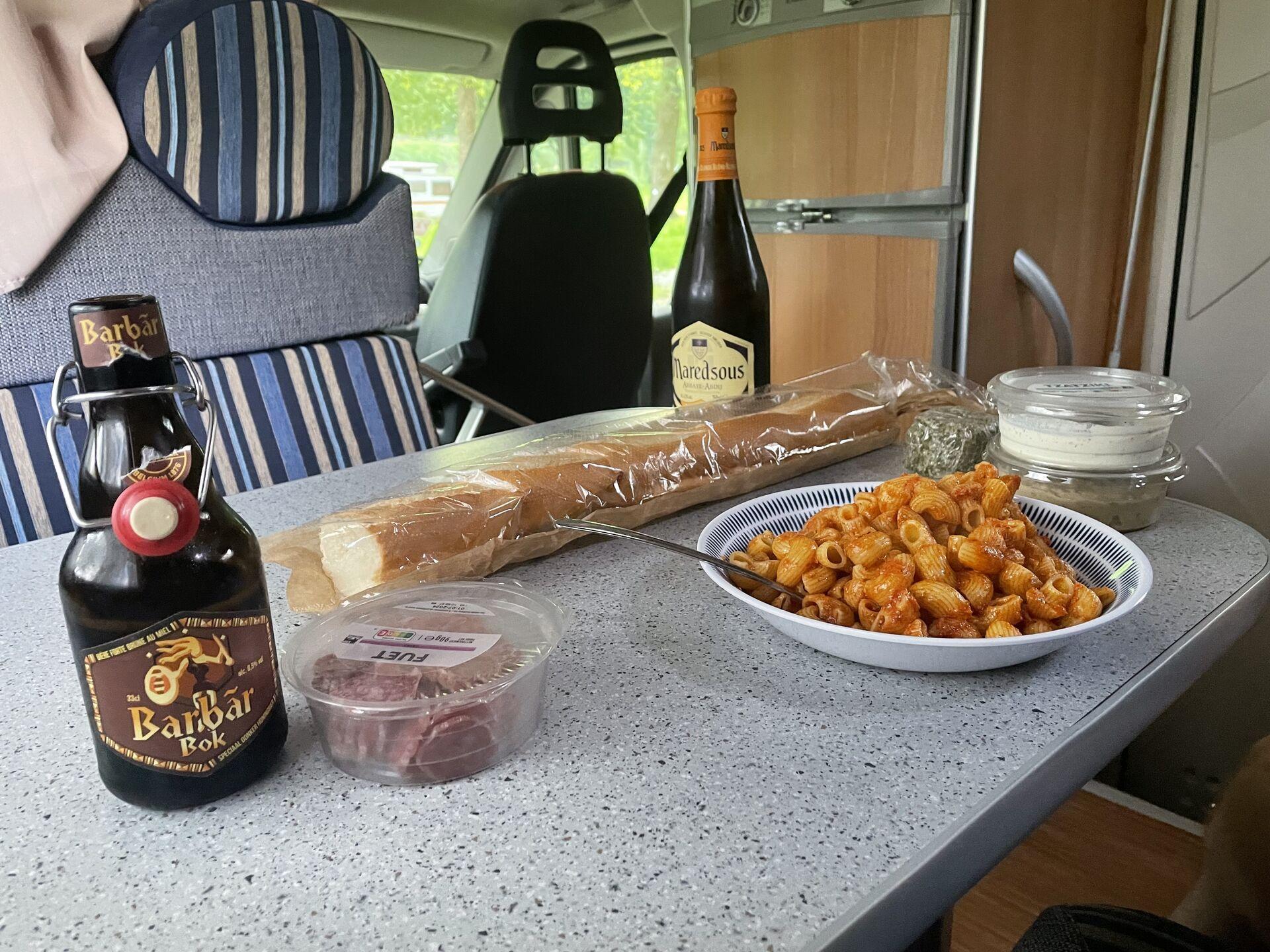


The tragedy of trying to eat as many cheeses as you can is that cheesemongers always assume you'll be sharing with between four and six other people. Which makes it very hard to go through enough cheese to get a representative sample of what's available. To get this far, we ate multiple meals of just cheese and bread.
We spend the better part of Saturday at the Canadian National Vimy Memorial. The memorial itself, a towering structure of blindingly white limestone, serves as the centrepiece of a 100-hectare park dedicated to Canadians who served and died in France during World War I. The presence of the memorial itself inspires awe, but the solemnity of the place is somewhat dimmed by a group of Canadian, British, and French veterans in neon cyclewear who arrive and clip-clop around en masse in their carbon fibre shoes, posing for photos. A double-decker coach rolls up and disgorges a load of teenagers who swarm up and over the monument in a sort of symbolic way. I don't see them ever return from the far side, and the coach shortly departs the mostly empty car park.
We get to chatting with a fellow Canadian, a guy from Whitehorse here for the 80th anniversary of the D-Day landings in Normandy. It turns out that his family knows a friend of mine from uni days personally. I can't fathom the improbability of our meeting. We take a selfie and go our separate ways.
More staggering than the monument is the park itself. Still reputedly littered with century-old explosives, the cratered landscape of the escarpment has remained untouched but for the return of swaying grasses and pine trees planted by a conservation programme. I'd watched They Shall Not Grow Old but I hadn't gotten a sense for the scale of the devastation that heavy artillery wreaks on the landscape. Thirtyfoot-deep craters abut characteristic zigzags of trench lines. Everywhere, the ground roils seawise. I've rarely felt quite so immanent in the past—not visiting medieval churches, not at Hadrian's Wall, not on the cobbled streets of Durham. Maybe the closest experience was visiting the erstwhile KGB headquarters in Riga a couple years ago. Under the windblown trees the shape of the land insists on the present.


- - -
In the evening we drive towards the Pas-de-Calais and stop outside a little town called Wimille. There are two dining options in Wimille: a fancy restaurant with a bunch of foods on the menu that I cannot translate for love nor money, and a local pub with football on in the background and a bunch of guys chatting loudly in Picard. We amble into the latter, order a couple of beers, and sit for dinner; we're the only ones here for food. I don't understand how this can be: it's a Saturday night and food turns out to be terrific. I ask for a second beer.
In the morning we drive down the Meuse to the town of Revin, where Ghyll will be administered some tapeworm medicine by a veterinarian to certify that he (Ghyll, not the vet) is permitted to re-enter the United Kingdom. Revin is quiet in a lively sort of way—there are people on the streets running errands, fishermen on the riverbanks, kids loitering away les vacances.
Behind a small shopping centre is an urban aire, a sort of camping-car-oriented car park with individual bays lined with tall bushes for privacy and a booth that dispenses clean and grey water for drinking and cleaning out your camping-car'sseptic system—for a fee. I think these are fantastic ideas in the little towns that dot tourism-oriented parts of the country like this: it brings people to the town but keeps the big vans off the streets of the quartier ancien.
The vet's office has the sort of bureaucratic sprezzatura of a New Wave film: you get the sense that the business of tending to people's pets is what the staff get up to when they're not siesta-ing with an apertif. This is, in no uncertain terms, not a bad thing. The vet himself moves behind his desk with cool ease, and, though speaking in broken English, gives the impression of speaking English better than I do. Ghyll devours the medicine and we pay using a card reader that the vet keeps in his desk—then we're out the door.
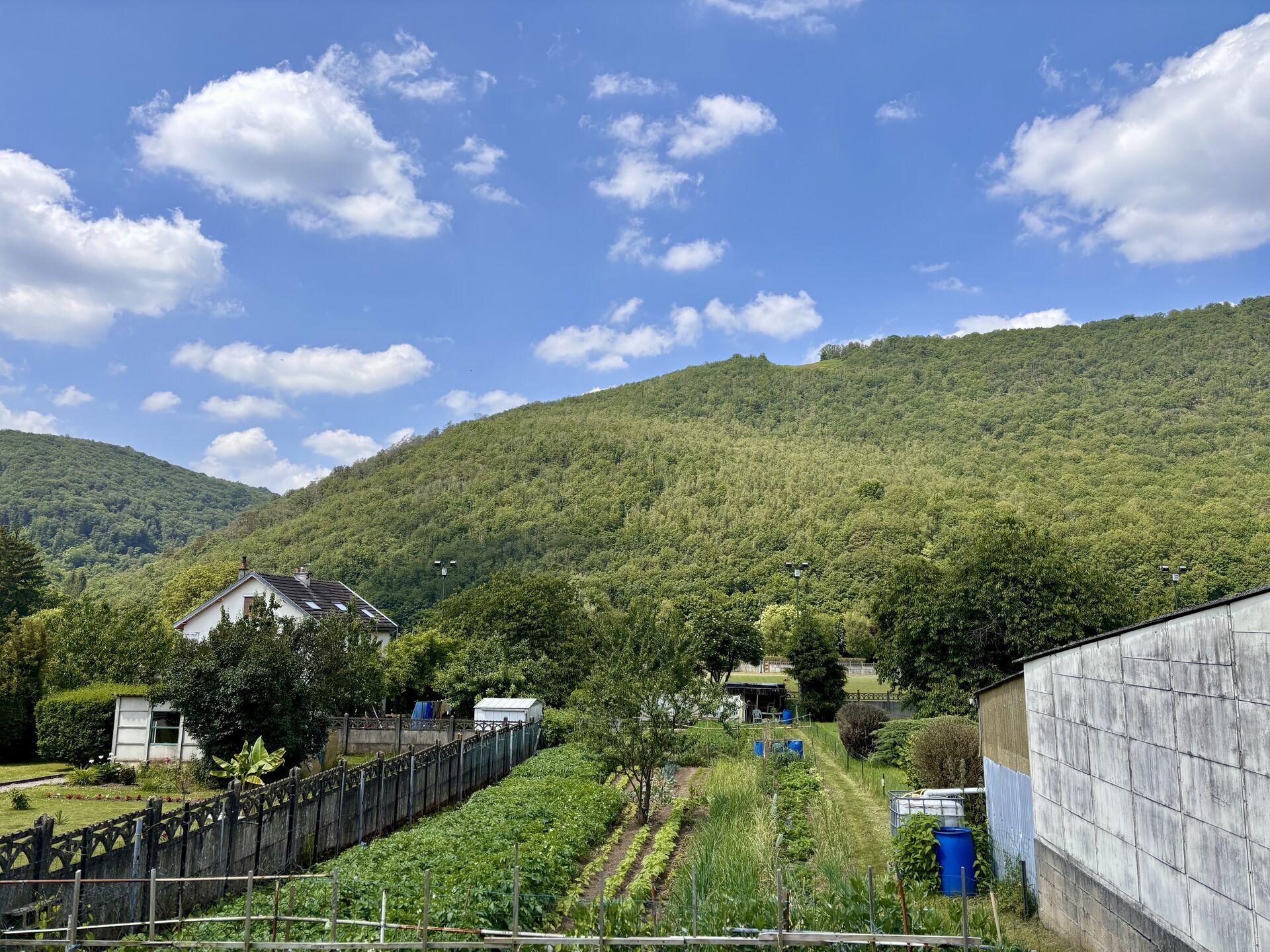



On the way back to the car, we stop at the Maison Espagnole, a house dating back to the 1500s and built during the Spanish occupation of Revin, of stone and brick and ancient oak. It's a museum now, but it's not clear what it's a museum of—renovations meant that most of the building was empty but for a collection of enamelware stoves of local fabrication on the top floor. We buy a couple beers, a pen, and a sticker sheet for Sam's water bottle and thank the lady behind the desk on our way out.

As the afternoon wears on, we pile back into the camping-car and hustle briefly down the road to the town of Monthermé at the confluence of the Semois and the Meuse. We locate a campsite and post up, manoeuvring complexly to orient the van levelly across the gradual slope down to the riverside. Our co-campers look on from their manicured campsites: diesel estate car by a camping trailer on blocks; a van with awning extended over a table and Craftsman stove; two camping chairs occupied by readers on the shoreline, spotless mountain bikes casually laid by.
We wander up the street to the local Carrefour Contact, which is sort of like a Tesco Express or a Sainsbury's Local except for it's full of powerful Belgian beer, local cheese, and fresh-baked bread. I sit outside with Ghyll and listen to the far-off clanging of the power hammer at the Forgex plant up the road.
Well-stocked for bread and beer, we head back to the campsite. I decide to go for a run up over the plateau while Sam and Ghyll chill out in the goldening light.
A gentle climb takes me up to rocky crag poking above the trees. I climb out on the crag and am treated to a panorama of the Meuse and the hills above it. As I return to the path I'm nearly obliterated by a mountain biker going hell-for-leather down the slope. As I continue it's clear that the route Strava has chosen for me follows numerous mountain bike trails. A video of a couple climbing a bike trail in the Rockies returns to me; it does not end well for anyone. I perk my ears and continue cautiously.
The route leads me round the back of the hill, along some little-used trails to a descent above the town of Tournevaux, and back down to the road on the left back of the Semois. Along the way I pass a compound of derelict concrete buildings that have been integrated into a downhill mountain bike course. The silence of the forest and the slowly setting sun lend it a creepy vibe. A little further on I meet a singletrack road, where a dark blue Citroën rolls past me at low speed, making almost no noise, somehow. I can't see the driver's face from where I am, but I offer a wimpy wave as they pass. Then I hightail it without looking back.
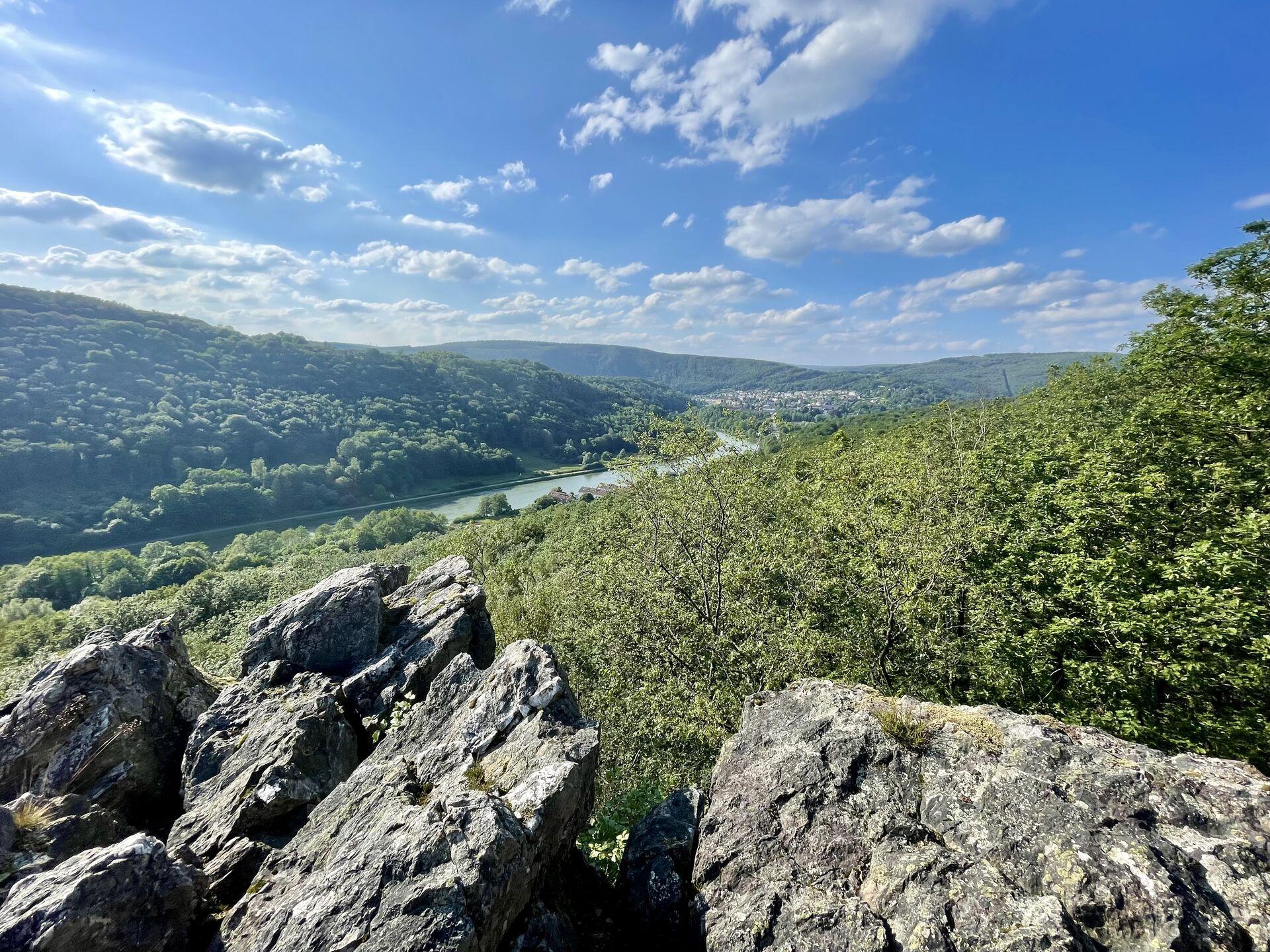
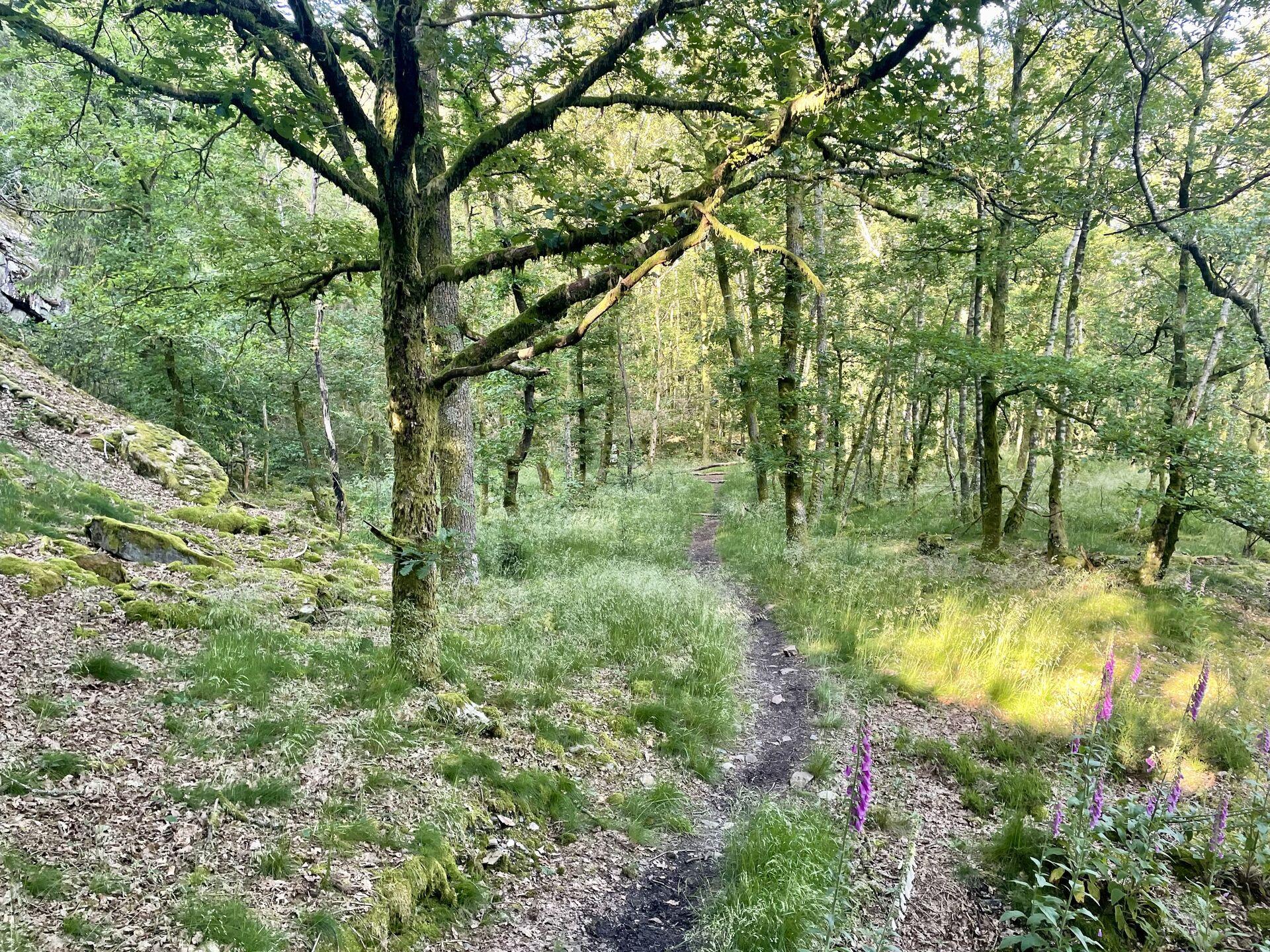
The route passes out of the shadow of the hill and back into the warmth of the setting sun. I pass a big placard for the nearby abandoned village of Phade and then follow the Trans-Semoysienne walking trail back out to Monthermé, winding my way through more than my fair share of nettle along the way. I return to the campsite with stinging legs to find a beer waiting for me.
Posts Stream Books Walks • Clear filters
Currently showing latest 20 posts